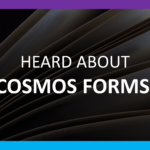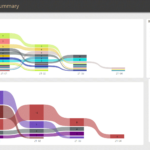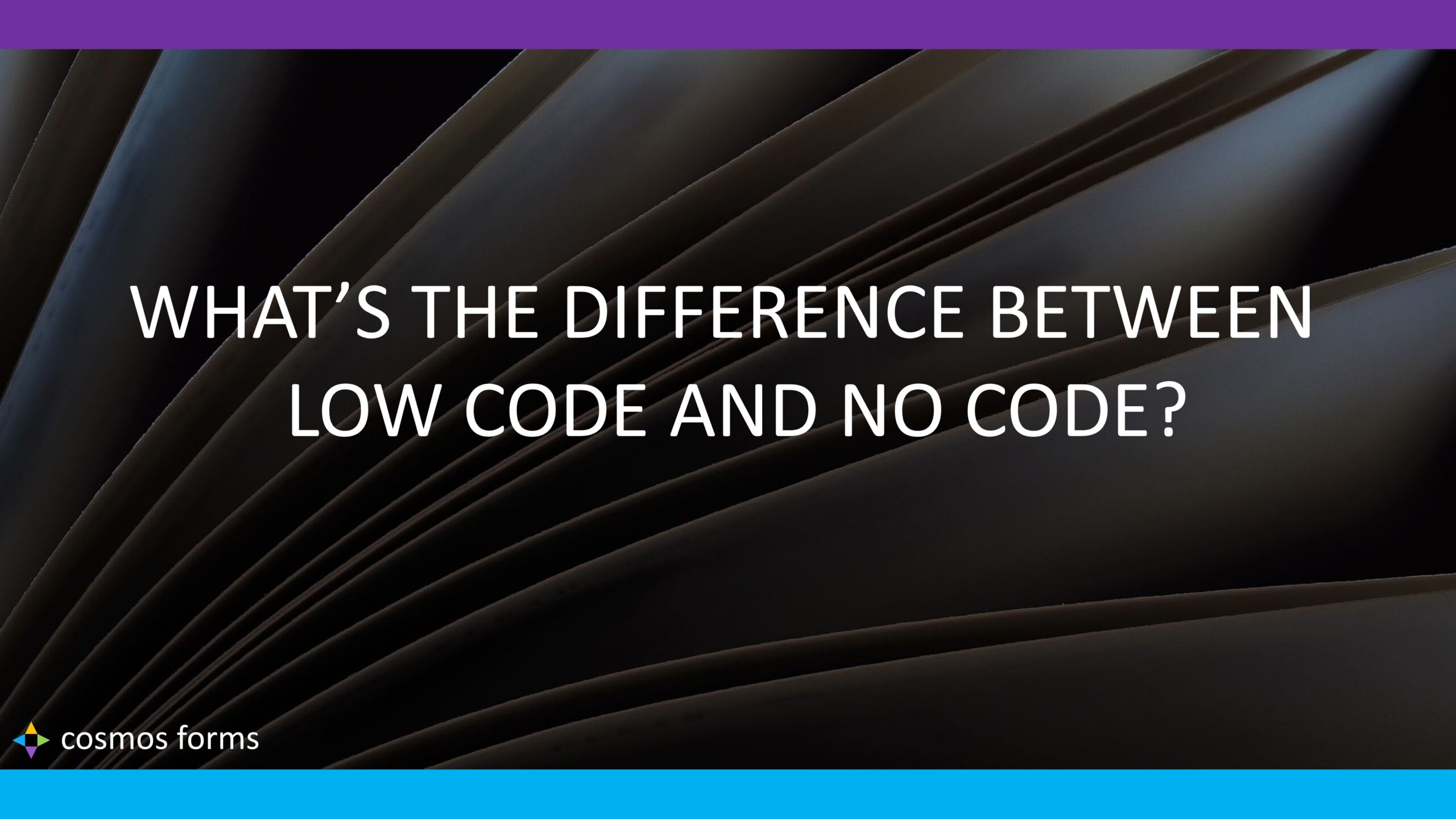
This is a question we get asked all the time. These terms are often used interchangeably but they mean very different things.
‘Low code’ means the software can be customized with very minimal amount of programming – but you still need programming knowledge and abilities.
‘No code’ means anyone can tailor the software with no coding knowledge. It is often characterized by drop-and-drag functionality.
Recently, there has been a great deal of marketing around the merits of ‘low code’ solutions and we agree, there are many. In fact, our Cosmos Operations product is a ‘low code’ solution.
However, we think the Cosmos Forms ‘no code’ approach is better for mobile forms for multiple reasons including:
- Many of our clients require 50 to 150 forms and related processes to be built.
- With Cosmos Forms, the time to build, test and deploy a new form can be as low as 1 hour.
- Medium complexity forms can be built, tested, and deployed in two (2) to four (4) hours.
- ‘Low code’ solutions can take 100’s of hours on a single form/process.
- ‘Low code’ options are typically 4x more expensive to develop and deploy than ‘no code’ solutions like Cosmos Forms.
Our Designer is ‘drag and drop’ making form building fast and easy.
- With Cosmos Forms, the interface is the same whether you are on iOS, Android or Windows10.
- Once a worker is trained on a single form most users require no additional training.
- With ‘low code’ options each form is programmed separately and therefore the user interfaces between platforms and forms can be different.
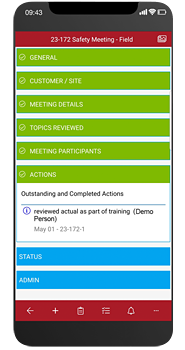
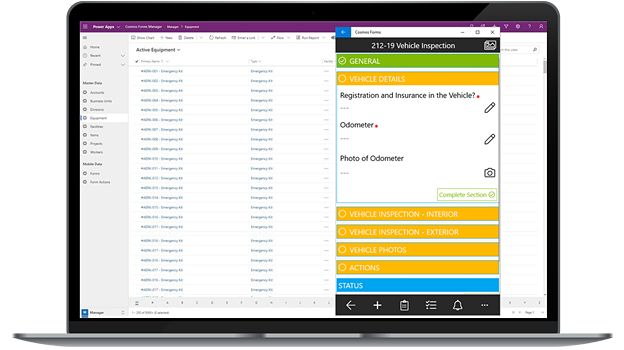
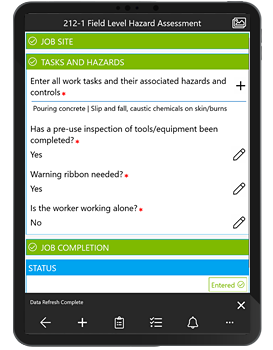
- Typically Cosmos Forms users can develop medium complexity forms with 8 hours or less of training – including adding actions to track ‘to-dos’ associated with form completion.
- ‘Low code’ developers will require substantially more training or will need to be professional developers.
- Adding integrated actions may require significant programming support using ‘low code’ tools.

- Rich ‘Questions’ control for easily defining a question, its button behavior (color, label), auto create an action, if it is scored, which picklist to attach etc.
- An ‘Actions’ control to summarize all the actions on a form.
- A ‘Last Form’ control to display the last form completed for a piece of equipment or site/facility.
- A ‘Related Forms’ control that allows related forms to be easily created or linked for complex processes such as Incidents.
- With ‘low code‘ each of these controls must be developed by the programmers.
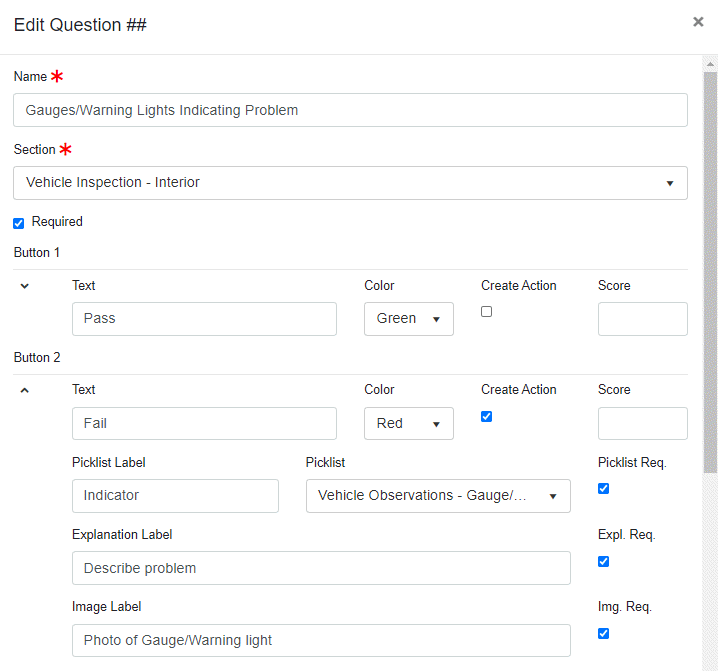
- Our experience with companies with 1000’s of users highlighted the challenges of managing forms that change often.
- Cosmos Forms allows a user who started a form using a specific version of the form template to complete that form with all the rules, etc. inherent in that form definition.
- Form authors are free to make any changes they desire and publish a new version without any worry about the impact on forms in progress.
- Any forms started after a new version is published will use the newly published version.
- Again, similar to the development of controls, versioning with ‘low code’ must be developed with each application and requires expert programmers.


